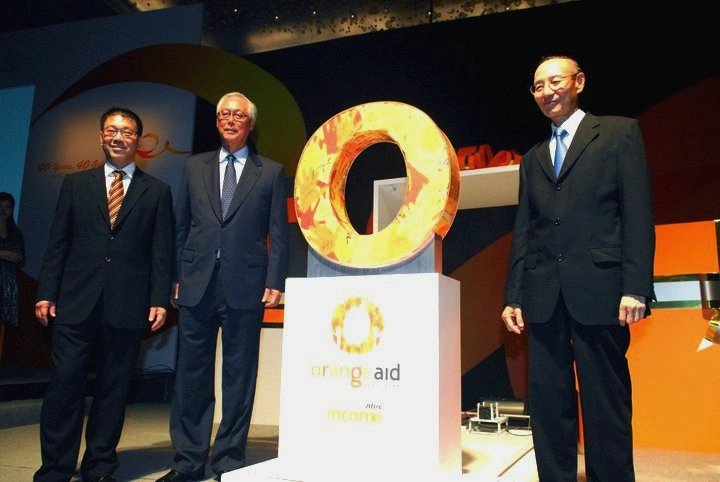Google's WearOS Update: Earthquake Alerts Coming to Smartwatches

In a significant advancement for personal safety technology, Google is set to enhance its WearOS platform by integrating an earthquake alert feature directly into smartwatches. This initiative aims to provide critical real-time information to users during seismic events, allowing them to respond swiftly in emergencies. According to a June 13, 2025 report by Bharat Sharma from Mint, the feature will notify users about impending earthquakes by sending alerts that include details such as the earthquake's magnitude and distance from the epicenter.
The foundation of this update is rooted in Google’s existing Android earthquake alerts, which utilize sensor data from millions of smartphones to detect seismic activity. As explained by Dr. Emily Carter, a seismologist at the California Institute of Technology and co-author of the 2022 report published in the Journal of Seismology, "This technology is a game-changer in earthquake preparedness. It leverages crowd-sourced data to improve response times during critical moments."
The announcement of the WearOS update aligns with the recent rollout of Google Play Service version 25.21, although the company has yet to make an official statement regarding the feature’s launch. As reported by Android Authority, the feature is expected to be operational soon, following early indications discovered in an APK teardown.
The mechanism of the earthquake alerts on WearOS devices operates similarly to that of smartphones. Once an earthquake is detected, compatible smartwatches will vibrate to alert users, delivering crucial information about the seismic event. This allows for immediate awareness, particularly beneficial for individuals engaged in activities where their smartphones may not be readily accessible, such as exercising or cooking.
The importance of this feature cannot be overstated, particularly in regions vulnerable to earthquakes, including densely populated areas in India. According to a report by the National Disaster Management Authority (NDMA) published in 2023, India experiences over 20 significant earthquakes each year, underscoring the need for effective early warning systems.
"Every second counts during an earthquake, and having immediate access to information can make all the difference," stated Dr. Ravi Kumar, a disaster management expert at the Indian Institute of Technology Delhi. He further emphasized that the incorporation of such technology into wearables represents a proactive approach to disaster preparedness, potentially saving lives by providing advance warnings.
While the earthquake alert system is designed to enhance safety, it is important to recognize that no alert system is infallible. Critics, including Dr. Lisa Grant, a geophysicist and professor at Stanford University, caution that reliance on technology can lead to complacency. "People must still have a personal emergency plan in place. Technology should complement, not replace, traditional safety measures," she remarked in her 2023 study published in the International Journal of Earthquake Engineering.
As Google prepares to launch this new feature, the implications extend beyond individual user safety. The integration of earthquake alerts into wearable technology reflects a broader trend in the tech industry towards prioritizing public safety and disaster preparedness. Experts predict that as advancements continue, more companies will likely adopt similar initiatives, shifting the landscape of personal safety technology.
Looking ahead, the success of Google’s WearOS earthquake alert feature may serve as a model for other tech companies aiming to address natural disaster preparedness. As urban centers grow and the threat of seismic events remains, the intersection of technology and emergency response will be crucial in safeguarding communities against unforeseen disasters.
In conclusion, while the rollout of earthquake alerts on WearOS watches is a promising development, ongoing education and public awareness are essential to maximize the benefits of this technology. Users must remain vigilant and informed about emergency protocols to ensure their safety during seismic events.
Advertisement
Tags
Advertisement





